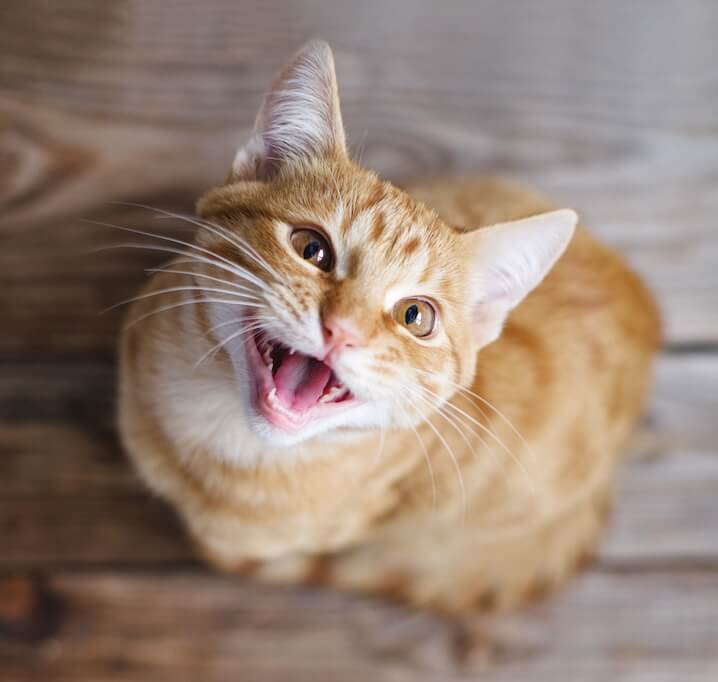
Surgery
Whether your pet needs routine surgery or something more complex, we have a phenomenal team with advanced tools to be able to assist you.
It's here! - Urgent Care Extended Hours have arrived to the same Holland Lake you know and trust. More hours, same great care!
We believe in the love that you share with your pet. And we believe we see a better way to protect it. It starts with building a special kind of culture. The team of professionals you will find here are not only exceptionally skilled and hardworking… they are among the most good-natured people you will ever meet. We treat each other as family, and we get to know our customers as friends. And more than that… we treat every pet as our own. We’ll do it for yours, too.
